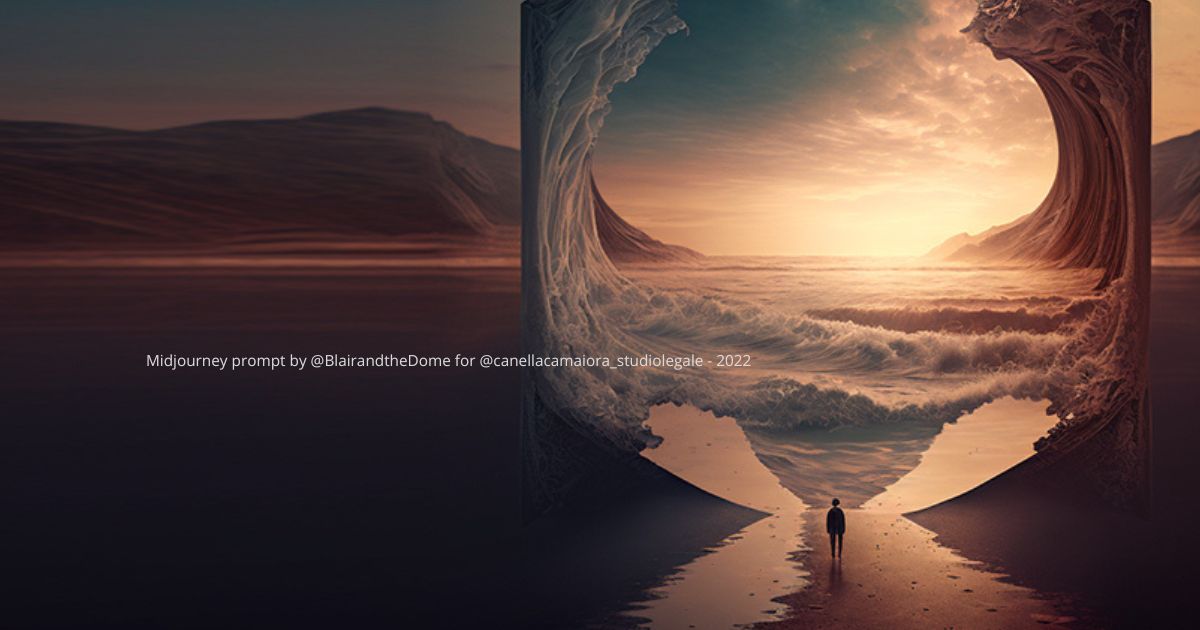In this article we will define the beloved as well as the hated art system, analyzing its key players and, most importantly, finding out why it is so influential.
Summary:
Digitization, Instagram e NFT
Digitization has inevitably involved the art sector as well, forcing professionals in this field to broaden their knowledge and adapt their tools.
The emergence of new professions and technologies, such as 3D scanning companies, blockchain certifications, cryptocurrencies and artificial intelligence are also revolutionizing what many said was an extremely conservative field. By now, neglecting to follow the NFT phenomenon is almost unacceptable for those who claim to act in the art system.
The rise of social networks, particularly Instagram, has changed the paradigms of communication, appreciation and sales, making art accessible to the general public and reaching out to a large part of the world’s population.
The importance of (digital) contracts
It can be said that the importance of contracts in the art system, albeit digitized, remains the same as in the past. Both the exchange of artworks and exchanges of information and services should preferably be regulated by written agreements.
Agreements, in fact, when they exist, provide a legal basis for protecting artists, their buyers, and third parties such as, for example, transporters and insurers. Only a valid contract can define exactly what the terms and conditions of each transaction are, including prices, delivery dates and mutual responsibilities. Contracts can also help avoid misunderstandings and give a foundation to prevent misinterpretations and disputes. However, in order to move in the art world, knowing what contracts are in use is not enough because it is necessary to be aware of, learn more about, and be able to recognize market trends.
Roles and functions in the art system.
Art is a fundamental part of our culture. Through art, people can express their emotions and feelings, share their experiences, and create a dialogue between generations.
However, there is more to it than that. The art system is, for all intents and purposes, also a market fed by specialized businesses and operators. We are talking about artists, patrons, gallery owners, dealers, auction houses, collectors, museums and foundations, curators, law firms, artist archives, art fairs, insurance companies, transporters, publishing, financial services, and art consultants.
The art dealer, for instance, being the one who personally disposes of a collection of works, through the purchase and sale of them uses the various commercial channels such as auctions, fairs or relationships with other dealers and ends up conditioning the value of the works.
There are, consequently, direct and indirect players, but they all play a key role in keeping the machine of the art system running properly.
How much is the art market worth globally
As previously described in the article “How to value a work of art“, a sales volume of $26.3 billion worth of artworks was recorded in 2021 alone. The market for professional services related to the art world is also quantified at several tens of billions of dollars.
The art market, to be fair, is not only fueled by public sales, but even today many of the trades take place in what is called the “black market” or “third market.”
All in all, adding up the available data, it can be assumed that the total value of the art system exceeds $100 billion with prospects trending upward (ArtFinance Report 2022 prepared by Deloitte together with Art Tactic).
© Canella Camaiora S.t.A. S.r.l. - All rights reserved.
Publication date: 20 December 2022
Last update: 7 May 2025
Textual reproduction of the article is permitted, even for commercial purposes, within the limit of 15% of its entirety, provided that the source is clearly indicated. In the case of online reproduction, a link to the original article must be included. Unauthorised reproduction or paraphrasing without indication of source will be prosecuted.

Cristiano Delfino
